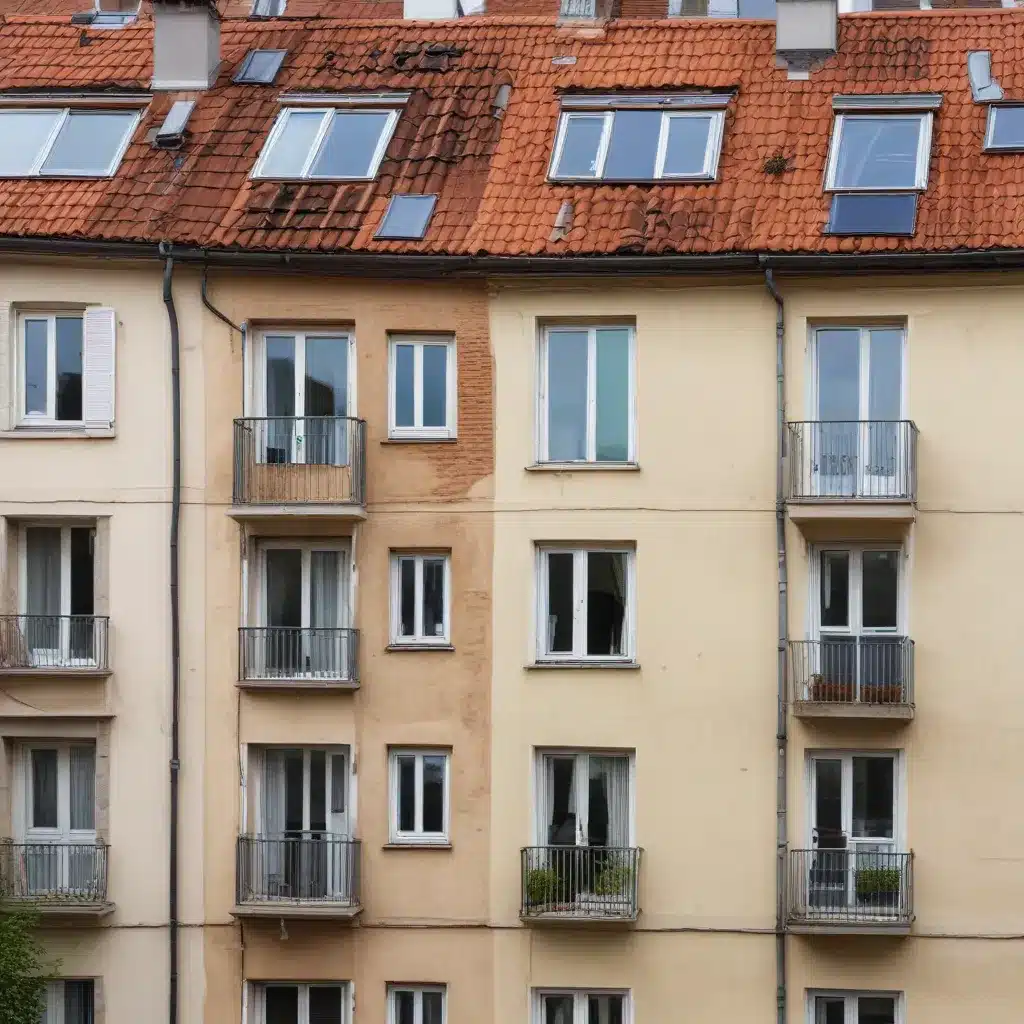
As Europe transitions towards a sustainable energy future, the renovation of its aging social housing stock has emerged as a critical priority. Updating these older, less energy-efficient dwellings not only reduces greenhouse gas emissions but also improves the living conditions and economic well-being of lower-income residents. However, securing the necessary financing for deep energy retrofits remains a significant challenge for social housing providers.
Fortunately, a growing array of innovative financing mechanisms are enabling these vital retrofit projects to move forward. From alternative financing models and public-private partnerships to green bonds and impact investments, social housing organizations are finding new ways to fund comprehensive energy efficiency upgrades. By leveraging these innovative approaches, they are able to overcome the high upfront costs, technical complexities, and resident engagement hurdles that have historically hindered progress.
Financing Mechanisms
Alternative Financing Models: Traditional mortgage lending and government grants are no longer the only options for financing social housing renovations. Innovative financing models, such as energy service performance contracting and on-bill financing, are gaining traction. These approaches allow housing providers to access private capital and repay loans through the energy savings generated by the retrofits. For example, energy service companies (ESCOs) can fund and implement upgrades, with residents repaying the costs over time through their utility bills.
Public-Private Partnerships: Collaboration between the public and private sectors is vital for scaling up energy-efficient retrofits. Governments can provide loan guarantees, tax incentives, and other policy supports to de-risk private investment, while private firms contribute technical expertise, financial resources, and innovative financing structures. Such partnerships enable the pooling of resources, risk-sharing, and alignment of stakeholder interests to deliver deep energy retrofits more efficiently.
Green Bonds and Impact Investments: The rise of green bonds and impact investments is unlocking new sources of capital for social housing retrofits. These financial instruments allow investors to direct funds towards projects with demonstrable environmental and social benefits. By issuing green bonds or partnering with impact investors, social housing providers can access low-cost, mission-aligned financing to fund comprehensive building upgrades.
Innovative Approaches
Sustainable Lending Programs: Some financial institutions have developed specialized lending programs to support energy-efficient renovations in the social housing sector. These programs may feature favorable interest rates, extended repayment terms, or technical assistance to help housing providers navigate the retrofit process. For instance, the European Investment Bank’s Private Finance for Energy Efficiency (PF4EE) initiative provides loans and risk-sharing facilities to financial intermediaries for on-lending to energy efficiency projects.
Utility-Financed Retrofits: In some cases, utility companies are directly investing in social housing retrofits, either through on-bill financing or energy service agreements. By covering the upfront costs, utilities can recoup their investment over time through the energy savings generated by the upgrades. This approach aligns the interests of housing providers, residents, and the utility, while reducing the financing burden on social housing organizations.
On-Bill Financing Schemes: On-bill financing allows residents to repay the cost of energy efficiency improvements through their utility bills. This model removes the need for residents to secure separate financing, while providing housing providers with a reliable revenue stream to service retrofit loans. On-bill financing can be particularly beneficial for low-income households, as the energy savings often exceed the monthly repayment amounts.
Retrofit Strategies
To maximize the impact of these innovative financing mechanisms, social housing providers are employing a range of comprehensive retrofit strategies that target deep energy efficiency and emissions reductions.
Building Upgrades: Improvements to the building envelope, such as insulation, air sealing, and high-performance windows, are foundational to reducing energy consumption. Upgrading heating, ventilation, and air conditioning (HVAC) systems, along with integrating renewable energy sources like solar photovoltaics, further enhance a building’s energy performance.
Energy Efficiency Measures: Targeted energy efficiency measures, including LED lighting retrofits, efficient appliance replacements, and weatherization techniques, can yield significant energy savings and reduce residents’ utility costs. These upgrades, combined with behavioral change initiatives, help achieve substantial reductions in energy use and greenhouse gas emissions.
Stakeholder Engagement
Successful social housing retrofit projects rely on the active engagement of multiple stakeholders, from residents to policymakers.
Community Involvement: Securing tenant buy-in and participation is crucial for the long-term success of retrofit projects. Capacity-building initiatives, such as energy efficiency education and engagement programs, empower residents to understand and support the improvements. Affordable housing advocacy groups can also play a vital role in amplifying the needs and perspectives of low-income communities.
Policy Considerations: Governments can support energy-efficient social housing retrofits through a range of policy mechanisms, including regulatory incentives, sustainability mandates, and affordable housing initiatives. These interventions help align the interests of housing providers, residents, and the broader community, while ensuring that the benefits of these upgrades are equitably distributed.
Measuring Retrofit Impacts
Rigorous monitoring and evaluation of retrofit projects are essential for demonstrating their multifaceted benefits and informing future investment decisions.
Environmental Benefits: Tracking the reductions in energy consumption, greenhouse gas emissions, and water usage can quantify the environmental impact of comprehensive building upgrades. These metrics are crucial for aligning social housing retrofits with national and regional decarbonization goals.
Socioeconomic Impacts: Measuring the improvements in resident comfort, health, and economic well-being can highlight the social value of energy-efficient retrofits. Capturing the job creation and cost savings for low-income households further underscores the broader societal benefits of these investments.
As the European Union works towards its ambitious net-zero emissions targets, the renovation of its social housing stock has emerged as a pivotal strategy. By leveraging innovative financing mechanisms and holistic retrofit approaches, social housing providers can unlock the full potential of energy-efficient upgrades to create more sustainable, equitable, and resilient communities. Through continued collaboration between the public and private sectors, the path to a greener, more inclusive future for Europe’s social housing residents is within reach.






